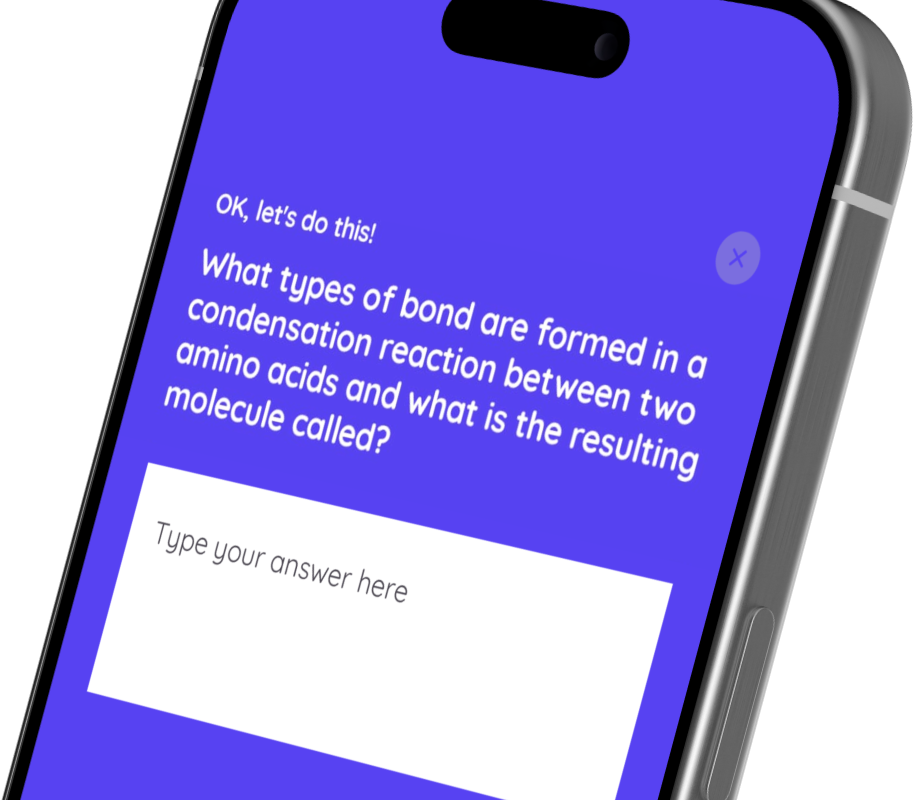Chemistry
Atomic Structure
Atomic Structure: The Atom
🤓 Study
📖 Quiz
Play audio lesson
Atomic Structure: The Atom
Understanding the Atom
- An atom is the smallest constituent unit of matter that retains the properties of a chemical element.
- It consists of a dense nucleus made up of protons and neutrons, surrounded by a cloud of electrons.
- The total number of protons in an atom's nucleus defines the element and is called the atomic number.
- The sum of protons and neutrons is called the mass number.
- Protons and neutrons are collectively known as nucleons.
Electron Arrangement
- Electrons inhabit regions around the nucleus called energy levels or shells.
- The arrangement of electrons in these shells is known as the electron configuration.
- The first energy level can hold a maximum of 2 electrons, the second and third levels can hold a maximum of 8 electrons each, and higher levels contain more complex arrangements.
- The distribution of these electrons follows the Aufbau Principle, the Pauli Exclusion Principle, and Hund's Rule.
Isotopes
- Isotopes are atoms of the same element (same atomic number) but with different numbers of neutrons, hence different mass numbers.
- The atomic mass of an element is the weighted average of the masses of its isotopes.
Ions
- Ions are charged particles that are formed when an atom gains or loses electrons.
- An atom that loses an electron and thus carries a positive charge is a cation.
- An atom that gains an electron and thus carries a negative charge is an anion.
Radioactivity
- Certain isotopes, known as radioisotopes, are unstable and shed excess energy by emitting radiation, a process known as radioactive decay.
- This decay can result in alpha (α), beta (β), or gamma (γ) radiation, each with different energies and penetration capabilities.
Quantum Theory and Quantum Numbers
- The Quantum Mechanical Model is the current model of atom, where electrons are viewed as clouds of probability rather than particles in specific orbits.
- The Principal Quantum Number (n), Angular Momentum Quantum Number (l), Magnetic Quantum Number (m), and Spin Quantum Number (s) are utilized in this model to describe the energies, shapes, orientations and spins of electron orbitals.





